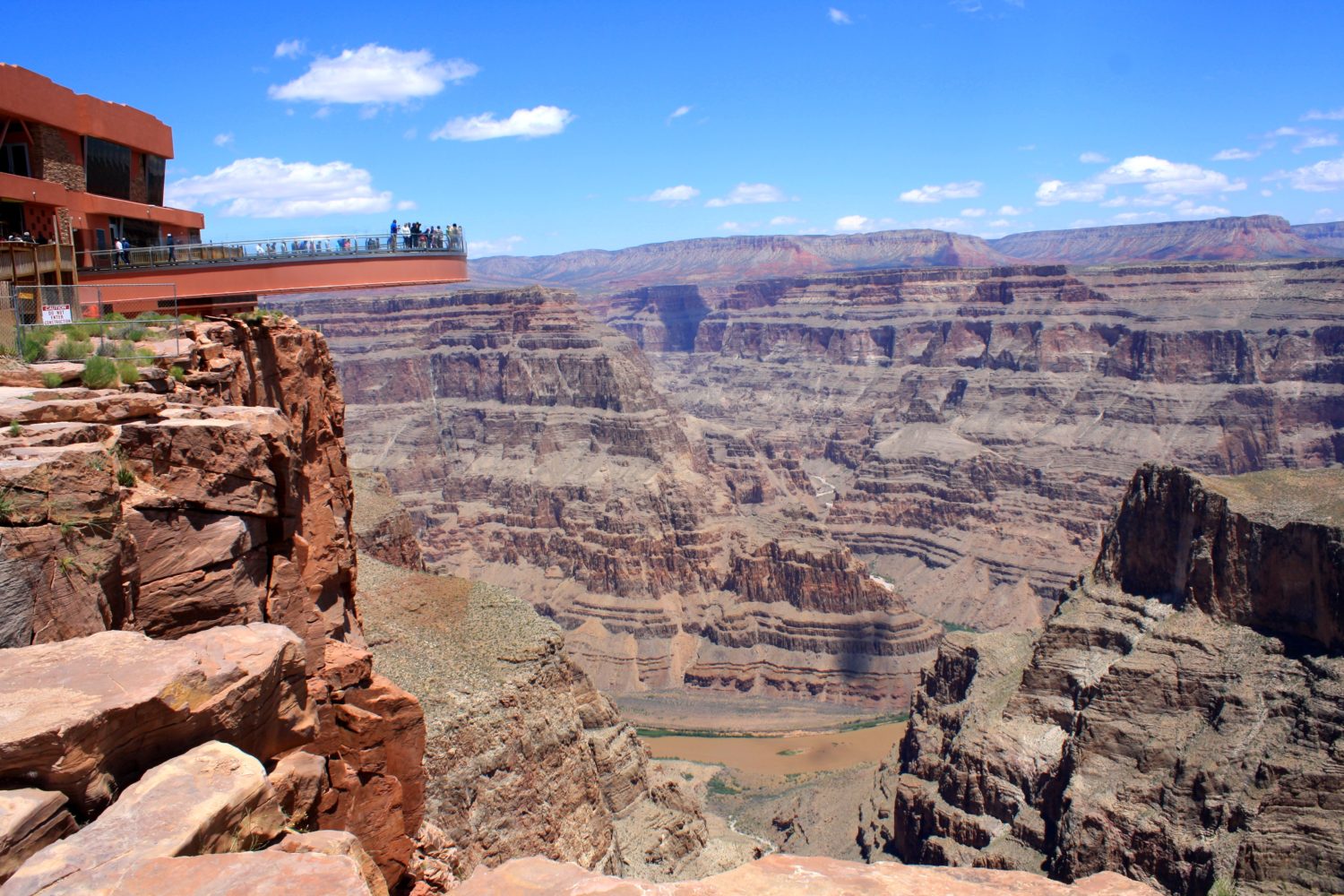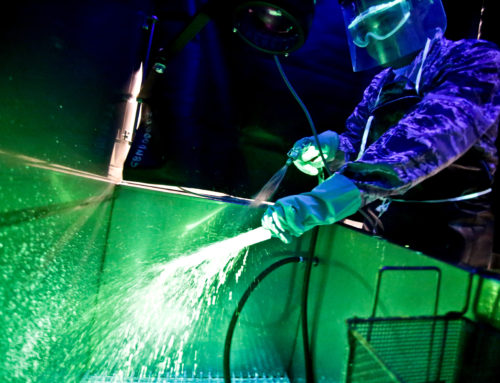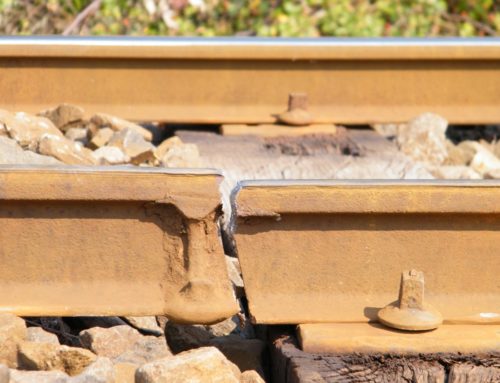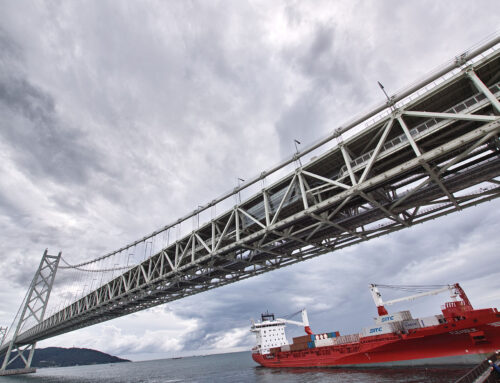Since the Skywalk was opened in 2007, visitors to the Grand Canyon have been able to walk a “U”-shaped walkway mounted above the canyon’s expanse, 4,000 feet above the canyon floor. The Skywalk spans ten feet in width and juts out seventy feet past the edge of the Grand canyon. Build to withstand immense weight, the structure boasts a 100-pound-per-square foot live load. To put the strength of the bridge into perspective, the Skywalk could support up to seventy-one 747 airplanes, so tourists need not fear safety while enjoying the views.
The distance between the bridge and the floor is visible through the clean glass sections of the bridge’s base. Whereas the steel used in the bridge weighs over one million pounds, the three-inch-thick, heat-strengthened glass sections alone weigh over eighty-thousand pounds. Structured as a cantilever bridge, the skywalk is anchored to the cliffside by ninety-four steel rods. The rods reach forty-six feet into the limestone canyon. Three oscillating steel plates, located inside the hollow beams, serve as shock absorbers and reduce movement from wind and foot traffic. Ultrasonic testing was used to test the weld reject rate, which measured less than two percent.
Some may wonder how the bridge that allows such an impressive vantage point is cleaned and maintained to ensure the safety of the visitors in search of excitement. Its dramatic structure demands more advanced cleaning and maintenance techniques than the usual window wash. A group of rope access technicians employed by Abselion hang from the edge of the bridge using a two-rope system to clean the glass underside of the Skywalk and maintain the clear, impressive view of the canyon. The group prepares for two weeks to plan out their cleaning procedures. At first, the group took seven days to complete a cleaning, however, over time they learned how to complete their tasks within twenty-four hours.







Leave A Comment